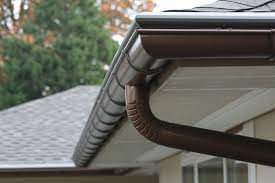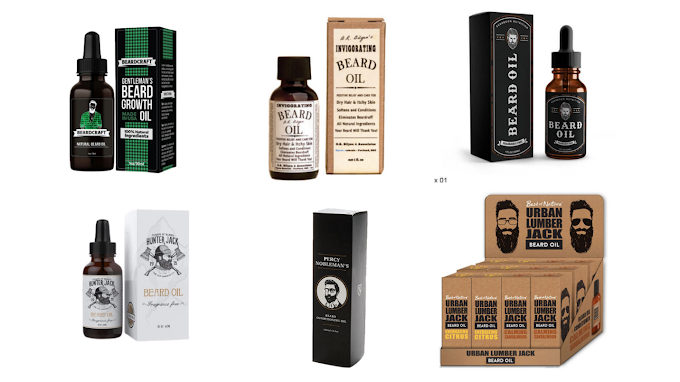5 DIY Gutter Installation Mistakes to Avoid
Gutter installation is more difficult than it appears, which is why you should leave it to an experienced professional rather than attempting it yourself. Going the house diy write for us method may save you money upfront, but any mistakes you make could cause major water damage to your home, which will cost you more in the long term. Here are some of the most typical gutter installation blunders made by homeowners:
1. Choosing the Wrong Type of Gutter
This is the most typical house diy blunder. Remember that no two homes are alike, and each has its own set of needs, so a one-size-fits-all approach to gutter installation isn't going to cut it. You should thoroughly examine the many options available before making a purchase, taking into account factors such as the pitch of your roof, the size of your property, and the amount of rainfall your location regularly receives.
Sectional gutters are inferior to seamless gutters. The weakest point of a gutter system is the seams. Sections of a gutter can slide apart from one another over time, leaving a gap in the joints where the sections meet, increasing the danger of leaks. Furthermore, vegetation and other debris can become lodged in these joints. Seamless gutters require less maintenance and are less likely to leak since they have fewer joints.
2. Choosing the Wrong Gutter Size
Another common blunder is selecting the incorrect gutter size. A normal gutter system measures 5 inches long by 6 inches broad, with downspouts measuring 2 x 3 inches or 3 x 4 inches in length and breadth, respectively, and 3 or 4 inches in diameter. The size of your gutters, on the other hand, is determined by the amount of rainfall in your area as well as the pitch of your roof. The steeper your roof pitch, the more rainwater your roof can collect, and the larger your gutters must be.
You must also consider the risk of snow and ice accumulation, in addition to the amount of rainfall your area receives. Ice dams, for example, are a regular occurrence in frigid climates. Ice dams are formed when snow falls on your roof, melts, and then refreezes at the roof's edge. This is usually caused by insufficient attic ventilation and insulation. If water pouring from your gutters freezes, ice dams can occur.
Of course, the best approach to avoid ice dams is to ensure that your home is well-insulated and that your gutters are appropriate, but heated gutter systems can also help. Snow and ice are melted before they reach your gutters, lowering the risk of ice dams and gutter overflows.
3. Spacing Gutter Hangers Too Far Apart
Make sure the gutter hangers that support them aren't too far apart when you install them. Your gutters may slump if you don't do so. The hangers should be no more than three feet apart as a general rule. However, in cold areas, the gutter hangers should be spaced no more than two feet apart, as more support is required to offset the greater weight of snow and ice.
4. Failing to Account for Roof Pitch
Rainwater should be able to flow to the downspouts through gutters with a steep enough pitch. Water will rush into the drains and overflow if the pitch is too steep. Water will pool in portions of the gutter if the angle is too low, on the other hand. When installing your gutter system, a competent gutter contractor will consider these variables.
5. Improper downspout installation
Do not overlook the downspouts. Rainwater may leak into the foundation or even harm your facade if the downspouts are not built properly or are placed in the incorrect spot. Downspouts should divert water eight to ten feet away from the foundation of your property.
Rainwater is diverted away from your roof by gutters, preventing it from seeping into your foundation. Consider installing awnings to protect your patio and outdoor furniture from the rain. Retractable awnings, in particular, are a fantastic option. Retractable awnings may be easily adjusted to provide the proper amount of shade or sunlight on your patio.
Most homeowners opt for house diy projects to save money on labour costs without realising that they may end up spending more in the long run. Remember that your gutters are











